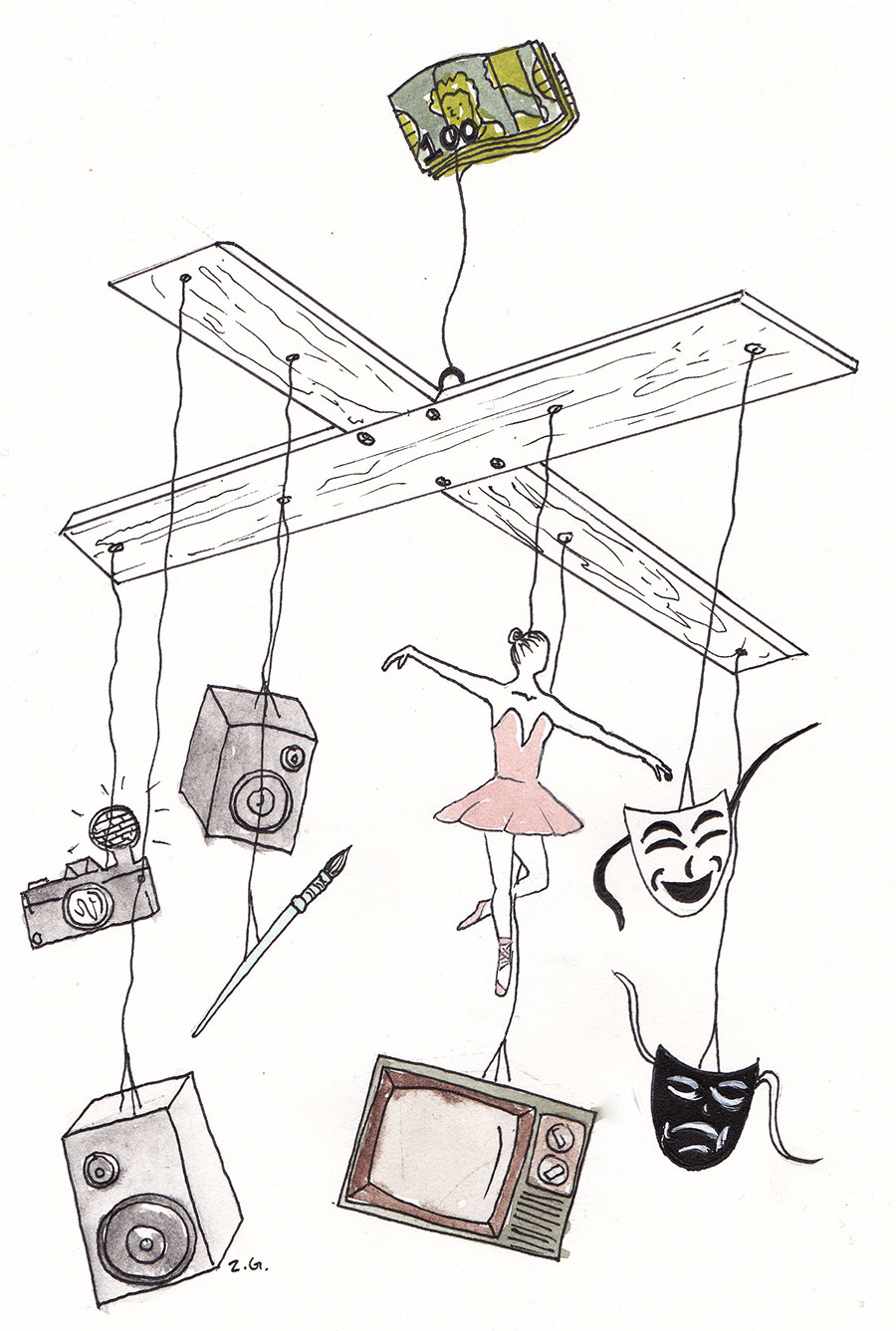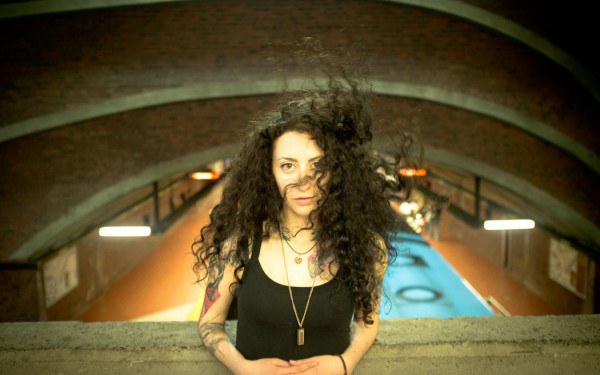The Cost of Celebrating Montreal’s 375th
Why the Conversation Needs to Shift From Practicality to Locality and Permanence
In just over 50 days, Montreal will come alive. According to the municipality, at least.
But high expectations come with a high price tag. As taxpayers—A.K.A. the ones footing the bill—we have the right to be critical as the city prepares to celebrate its 375th anniversary.
CBC reported that in 2015, Montreal had set aside $329 million for the projects. This is on top of the funds that the Society for the Celebration of Montreal’s 375th anniversary will provide, in addition to the provincial and federal government’s contributions.
The scope of the projects is vast, ranging from an expansion to Quartier des Spectacles to renovations for St. Joseph’s Oratory. The practicality of these splurges is questionable at best. How will the city and its residents directly benefit, and how will our economy fare after shelling out tons of cash for projects that will hurt local merchants while being built?
These are valid questions, and we are justified in wanting the answers. However, I strongly believe that we need to look at Mayor Denis Coderre’s proposal more holistically than at just the amount of money that’s being spent, or is going to be spent. Investments into what I think can be considered cultural infrastructure—not in the traditional sense, of course, but stretching to include pieces of art and architecture that will affect Montreal’s physical and social landscape, without a precise function—are more than just that.
So where do we start?
Two questions come to mind: after the 375th, will these new projects remain and will they inspire?
John Martins-Manteiga, director of Dominion Modern, a non-profit organization dedicated to archiving 20th century Canadian architecture and design, and a self-professed historical archaeologist, echoed that idea.
“When you’re talking about things that they’re doing for the 375th, will they still be in place? Do they endure? Do they still mean anything to the culture?” he asked.
For answers, we can look backwards. History repeats itself, right?
1967, Montreal’s 325th anniversary, was a monumental year for the city, much to the credit of then-municipal mayor Jean Drapeau, who, in the same year, received an honorary doctorate from Sir George Williams University. You know, that little school that became the Concordia we know today.
“This guy had a grand vision. He thought big, he’d go big. He was a dreamer and he worked with people that would realize his dreams,” said Martins-Manteiga. “A lot of the stuff that’s left over now from him dreaming big is still in place.”
The important thing is money that was spent on the construction and design—both graphic and industrial—was spent in Montreal.
The metro is one example.
The initial construction of Montreal’s public transit system was a pretty good deal, at $213 million in 1967—equivalent to $1.5 billion today—for 26 stations covering approximately 40 km.
CityLab reported in 2011 that Sao Paulo’s 11 kilometre metro system had a $1.6 billion price tag. They also highlighted Paris and Berlin’s relatively inexpensive system expansions, totaling at about $250 million per kilometre, compared to Amsterdam’s $350 million per kilometre line and New York’s over the top $1.7 billion per kilometre expansions.
The important thing is money that was spent on the construction and design—both graphic and industrial—was spent in Montreal. Martins-Manteiga, whose book Metro: Design in Motion gives a comprehensive overview of everything from the proposal, to the design, to the construction including archival photos, cited Drapeau’s persistent push for the project to stay in the city as a major catalyst behind Montreal’s now-booming design industry.
“Canadian Vickers built the first train,” Martins-Manteiga said, as he explained that Drapeau insisted that the metro cars be built in Montreal, as opposed to France, as the original proposals suggested. “Then a little company called Bombardier bought Canadian Vickers.”
“Drapeau’s insistence with the [metro] car drove the design industry and it’s still going,” he continued.
So while Coderre’s Living Connections installation which will illuminate the Jacques-Cartier bridge might not pass the same permanence test as the metro system—who knows if the lights will still shine 50 years from now—we can’t ignore the fact that the estimated $39.5 million being spent on the project will all be staying within Montreal, with part of the bill being picked up by the federal government as a joint project for the confederation’s 150th anniversary.
Moment Factory, a Montreal-based “multimedia entertainment studio” will be collaborating with six other multimedia and lighting studios on the installation, all of them hailing from right here. Work on the installation is set to begin this season.
Coderre’s dreams for Montreal’s anniversary resemble the vision that Drapeau had for the city during his tenure as mayor—expensive, lavish and impractical. Those critiques aren’t untrue, however, they don’t represent the full picture.
Who knows, maybe we’ll be celebrating Montreal’s 425th anniversary by the light of Living Connections or eating at a restaurant off of Esplanade Clark.
Only time will tell.


_600_832_s.png)


_600_375_90_s_c1.jpg)
_600_375_90_s_c1.jpg)
